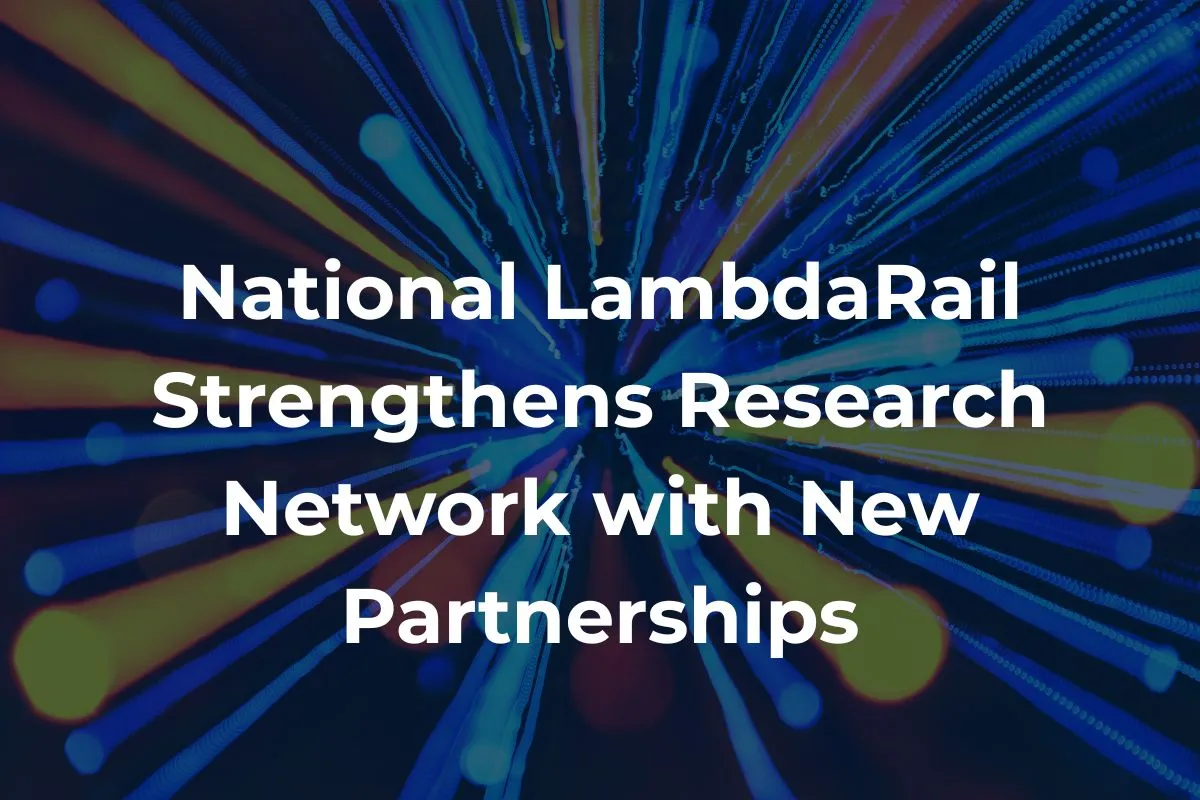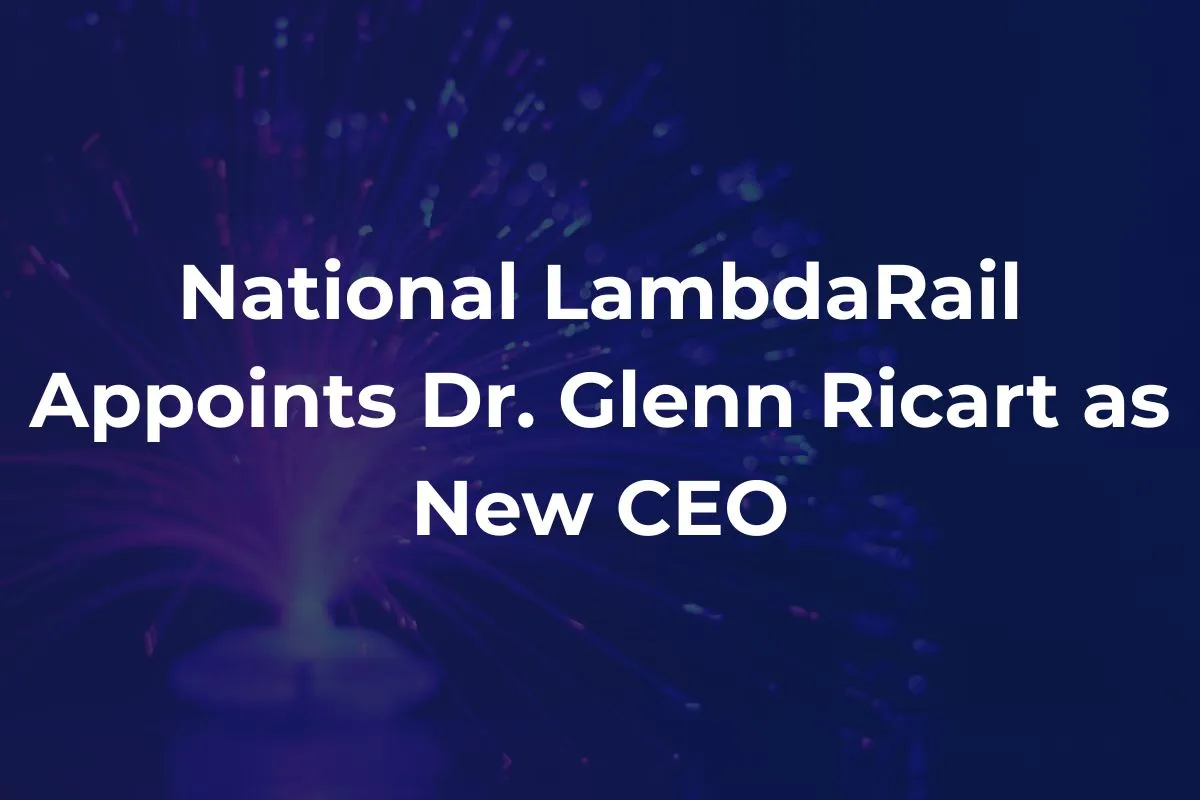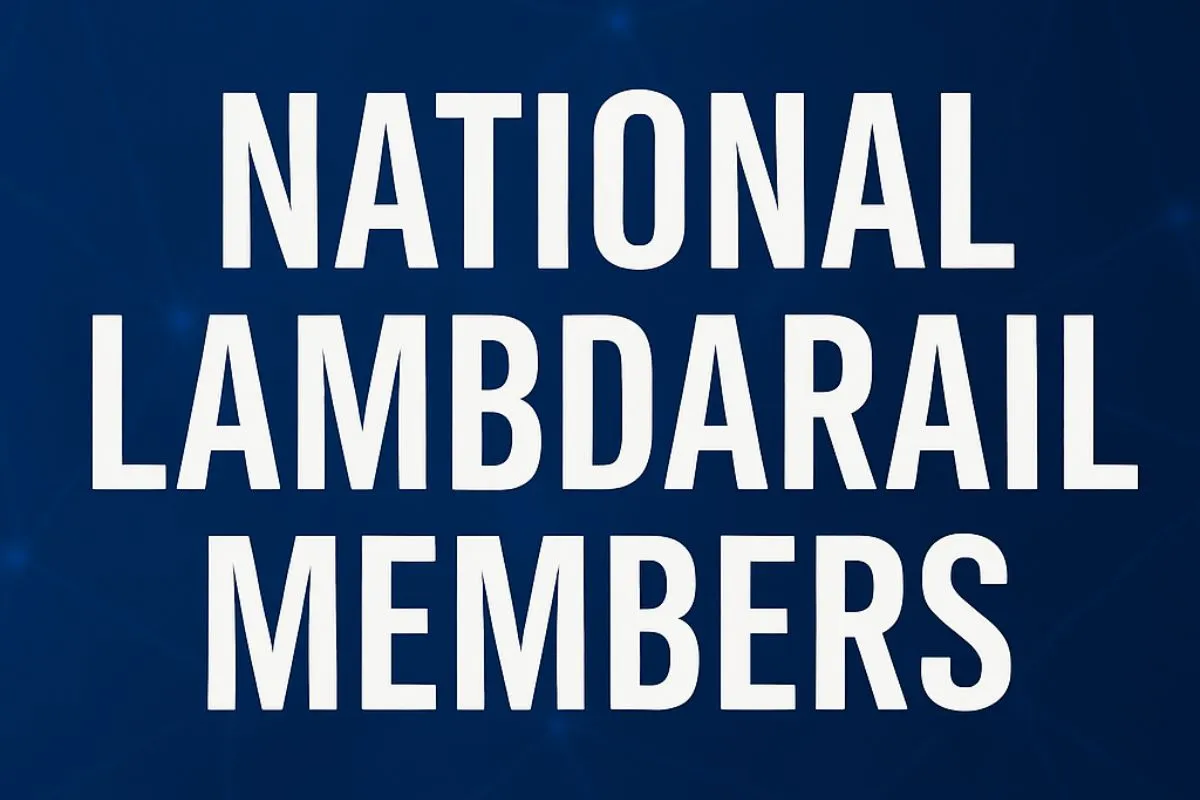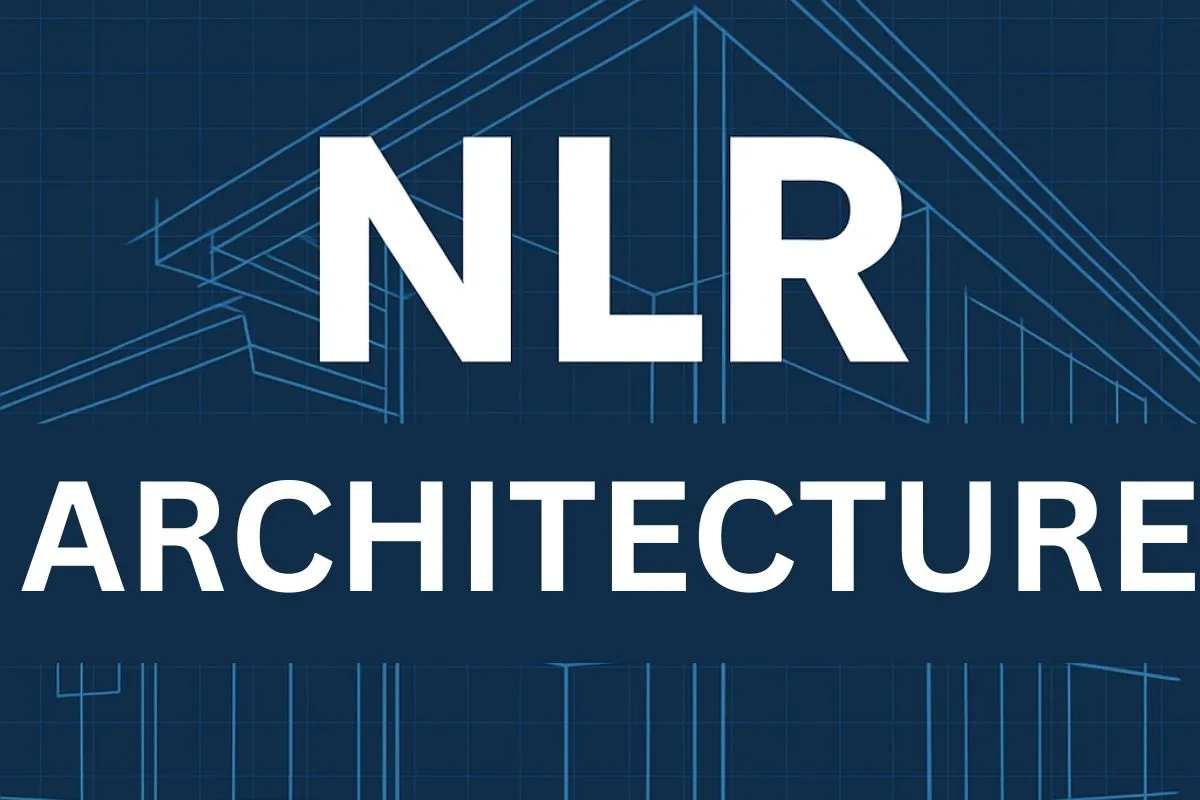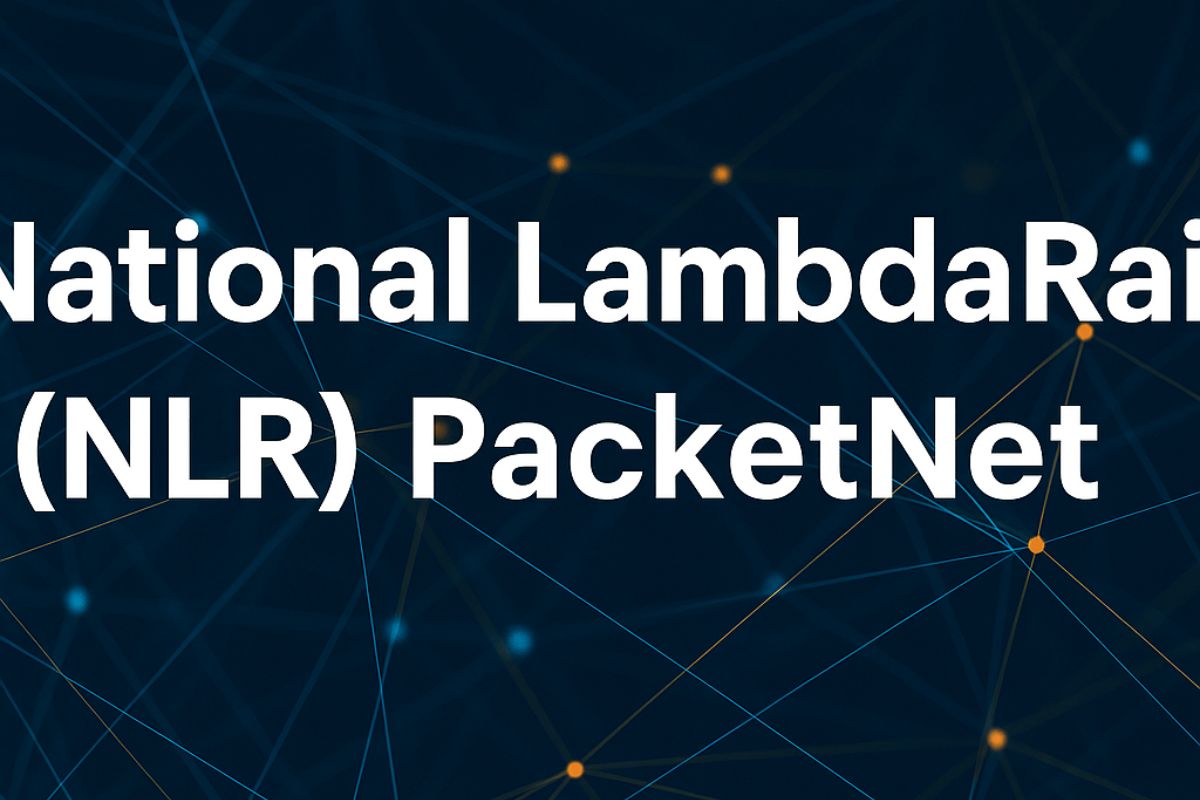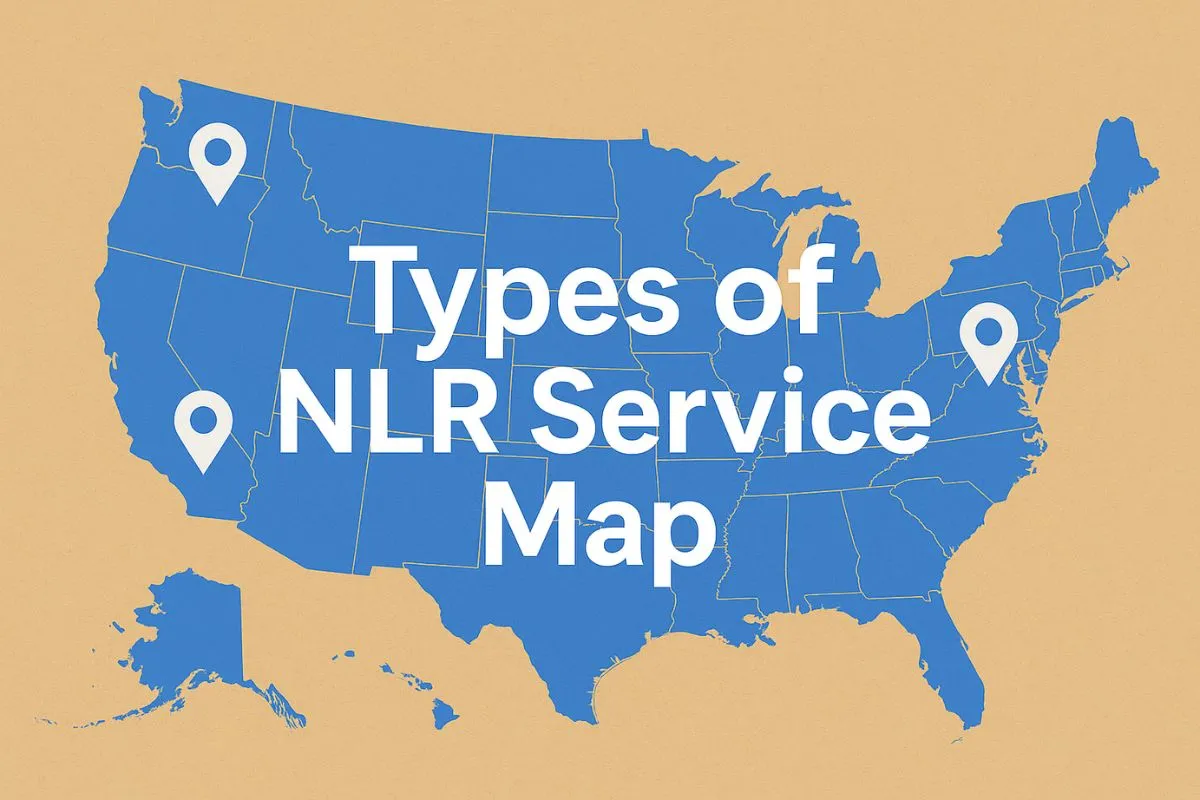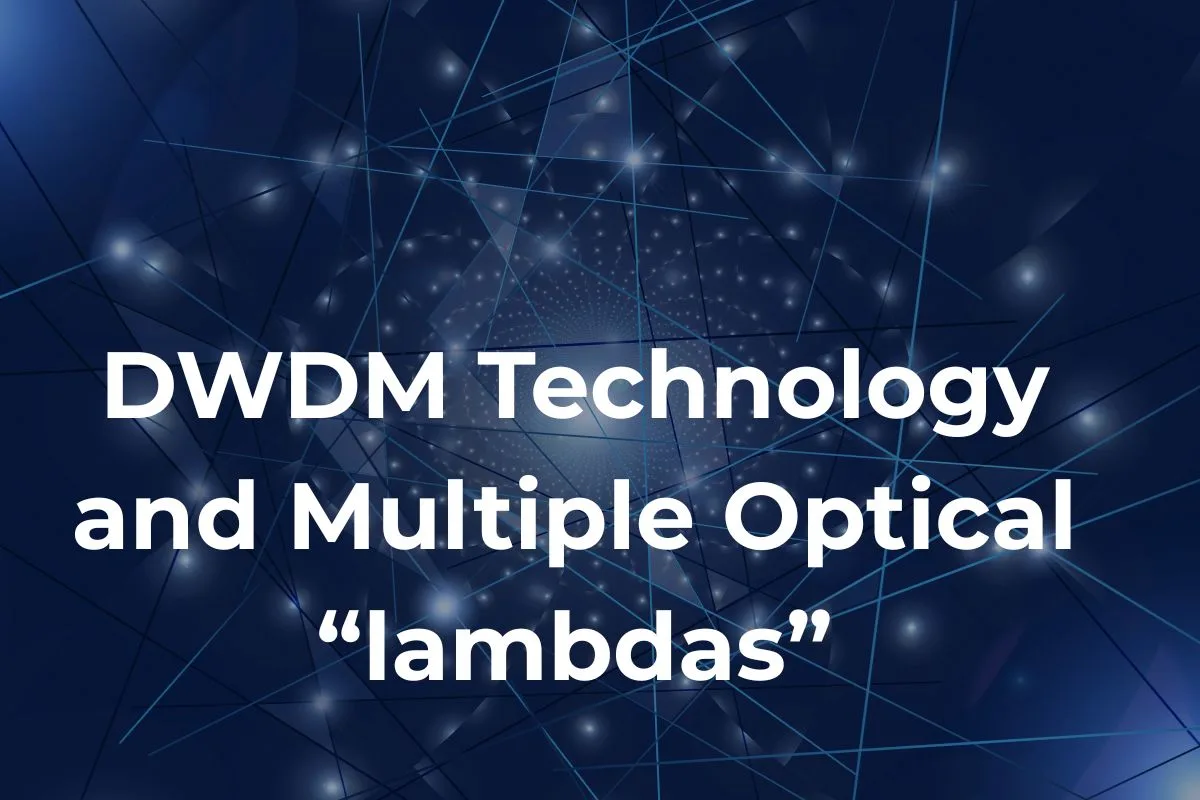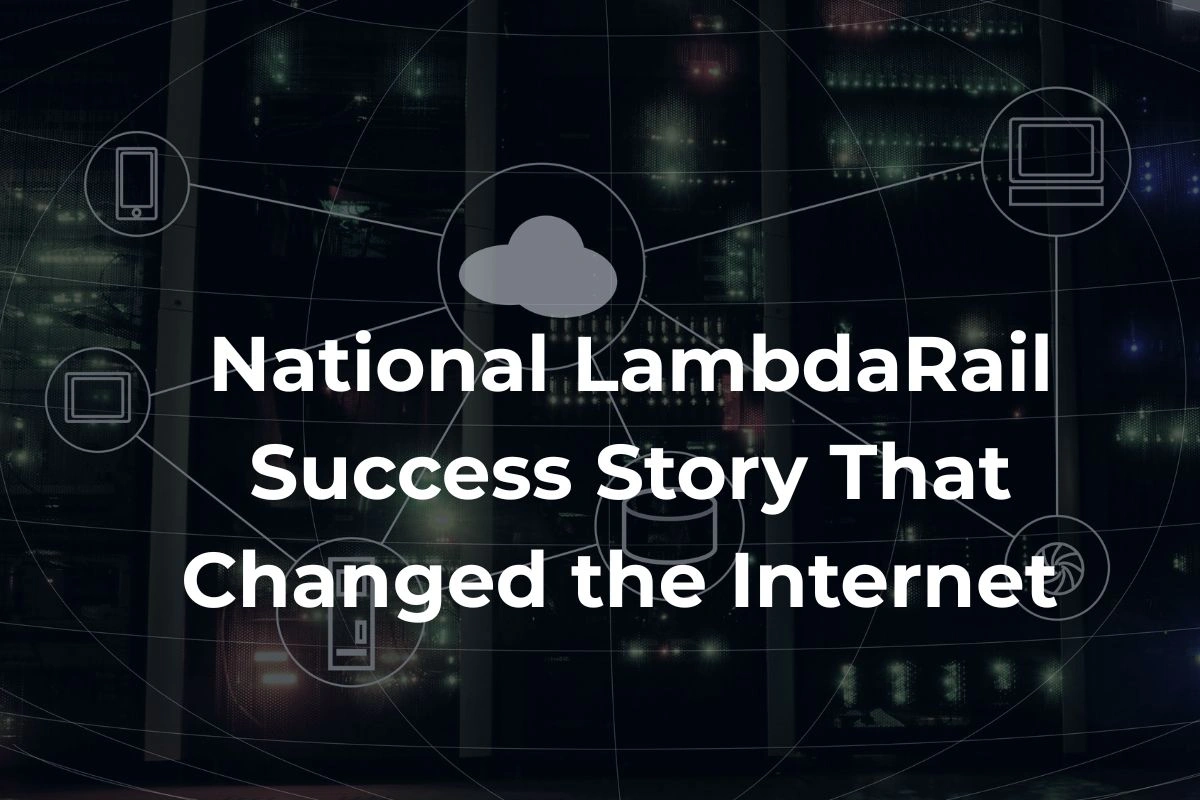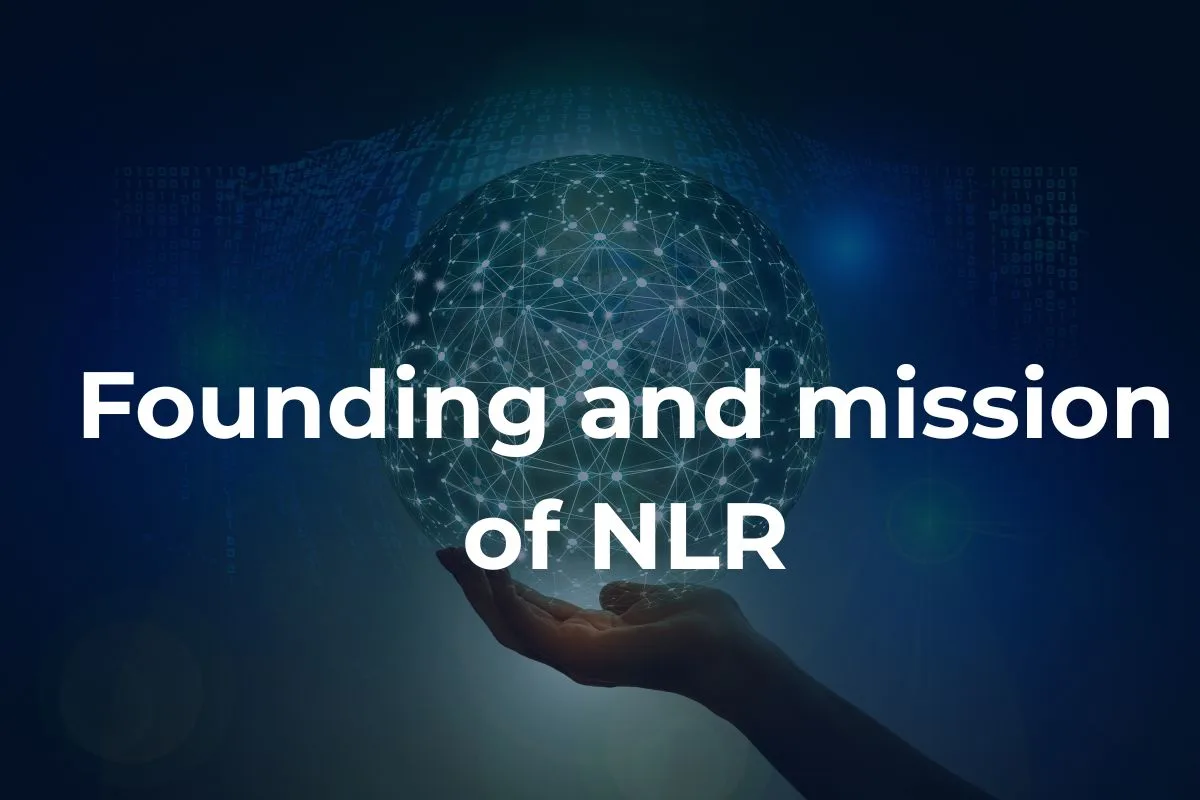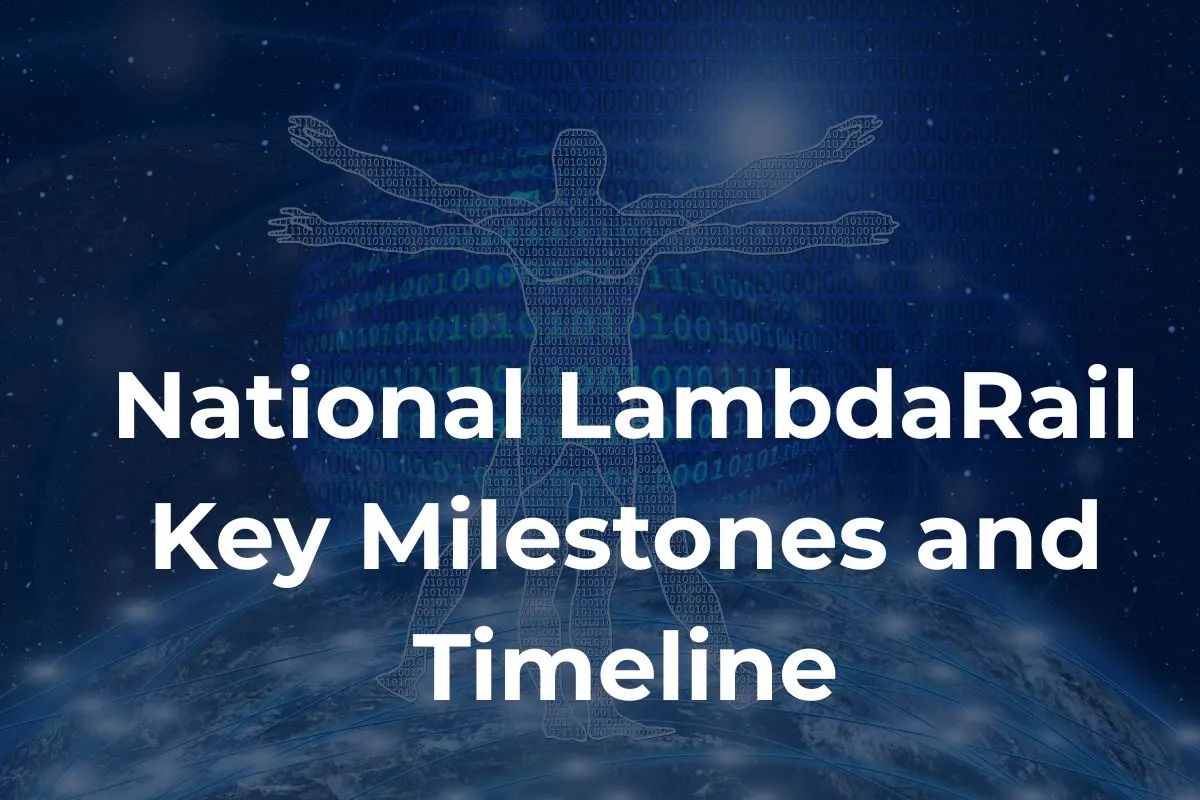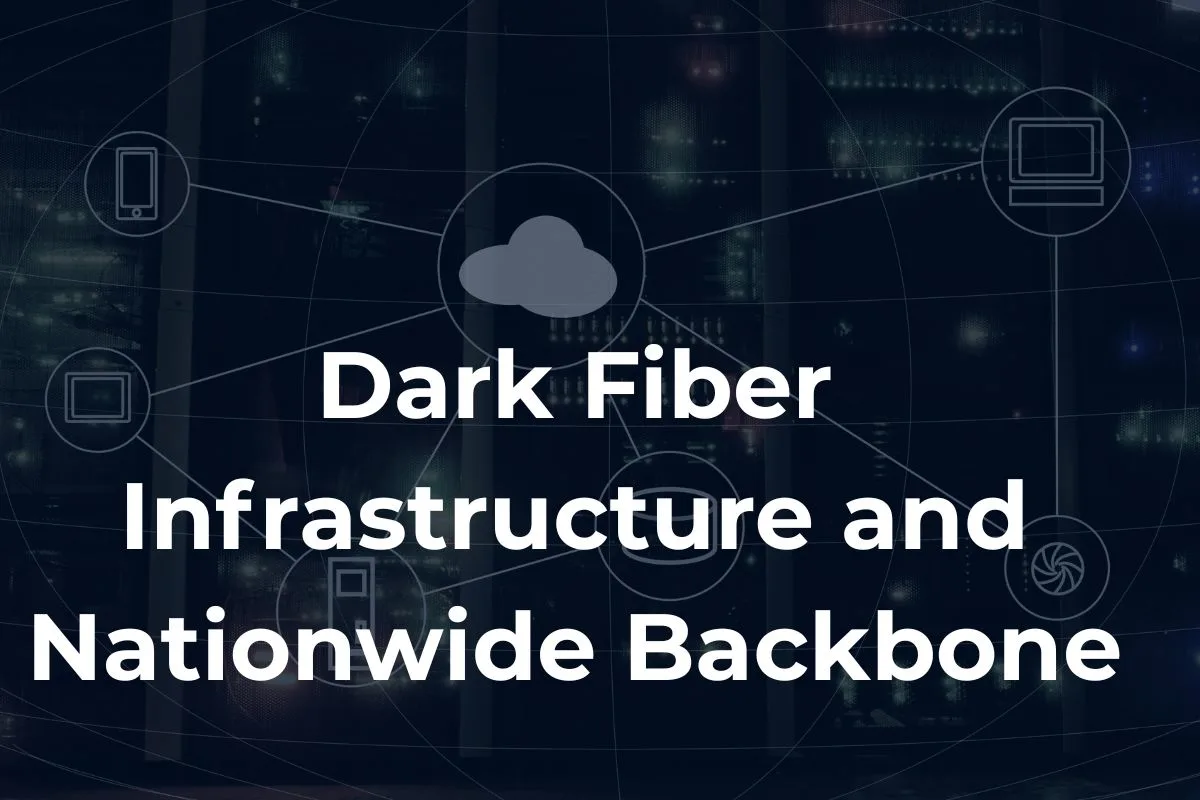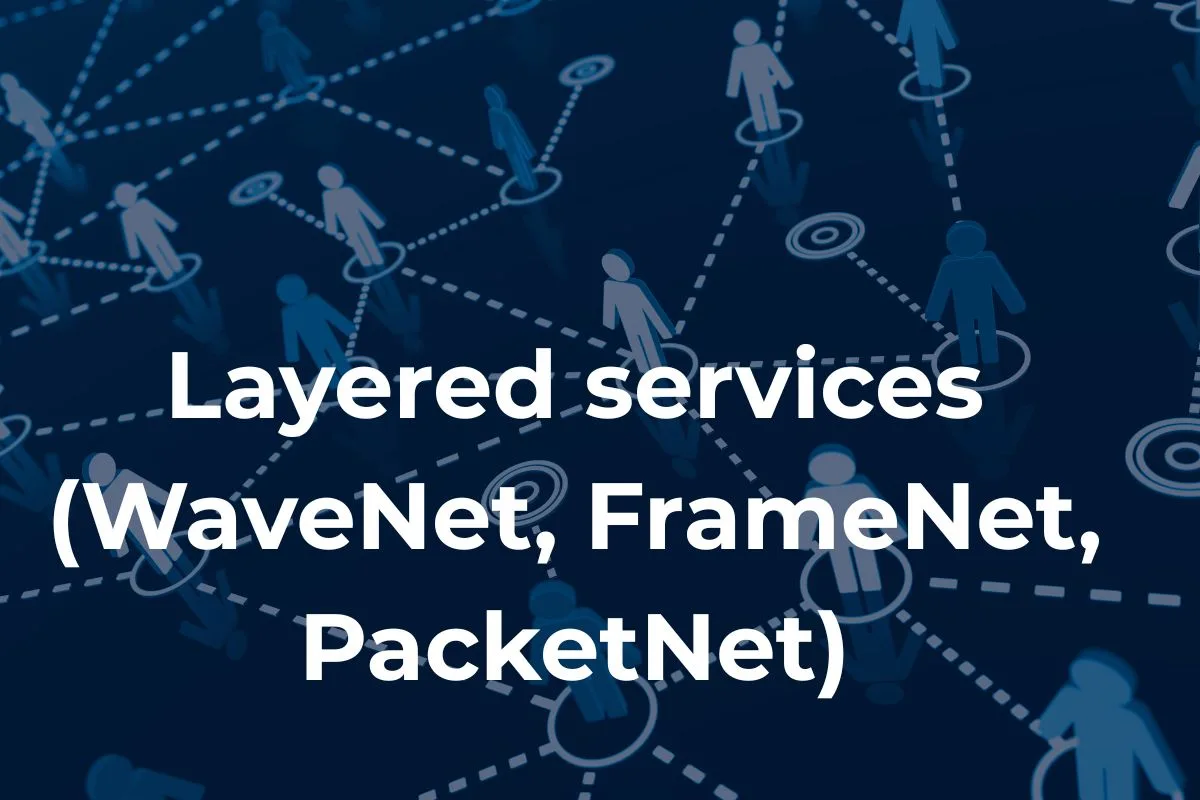The National LambdaRail was a high-speed along with 12,000-mile fiber-optic network. It was started in the early 2000s by a corporation of U.S. research institutions & technology firms. It was designed to support advanced research in science, engineering, healthcare as well as education. They did so by providing committed & personalized connections important for data-intensive projects. NLR could transmit up to 40 concurrent light wavelengths, each at 10 Gbps speed, which helped multiple coexisting experiments without any sort of problem or hurdle.
NLR’s infra also backed experimental network research. It provided a test bed for developing next-gen Internet technologies. By owning the “dark fiber” which was the physical network of optical fiber. With this researchers had the resilience to set up committed connections for specific projects. It includes those projects which are aimed at improving network hardware & software. This level of control was so significant in enabling “grid computing”. It is where tedious problems are processed in parallel across multiple high-performance computers in different places. Institutions like Cornell University leveraged NLR to increase their research capabilities. By connecting to the network to facilitate efficient amalgamation between campuses & other research facilities.
Background & History
NLR was a super-fast 1200 fiber-optic network built to support scientific & educational research. It connected over 280 universities as well as government labs across the country. The network ran over 12,000 miles of fiber-optic cable. This made it one of the largest & fastest research networks in the U.S. NLR could handle speeds up to 100 Gigabits per second (Gbps). This speed is many times faster than regular internet.
Why National LambdaRail Was Important?
- Speed & Power: NLR made it possible to send as well as receive humongous amounts of data very quickly. This was very paramount for big research projects like climate studies, space research & medical science.
- Unconditional Use: Unlike normal commercialised networks, NLR didn’t condition how much data users could send. This allowed scientists focus on research without worrying about network caps & limits.
- Aid for Tech: NLR allowed new innovations & experiments to be tested over its network. It also supported amalgamations between universities, tech companies & government organizations.
- Custom Networking: Users could design their own virtual networks for special projects. This is something which was not possible with regular internet service providers.
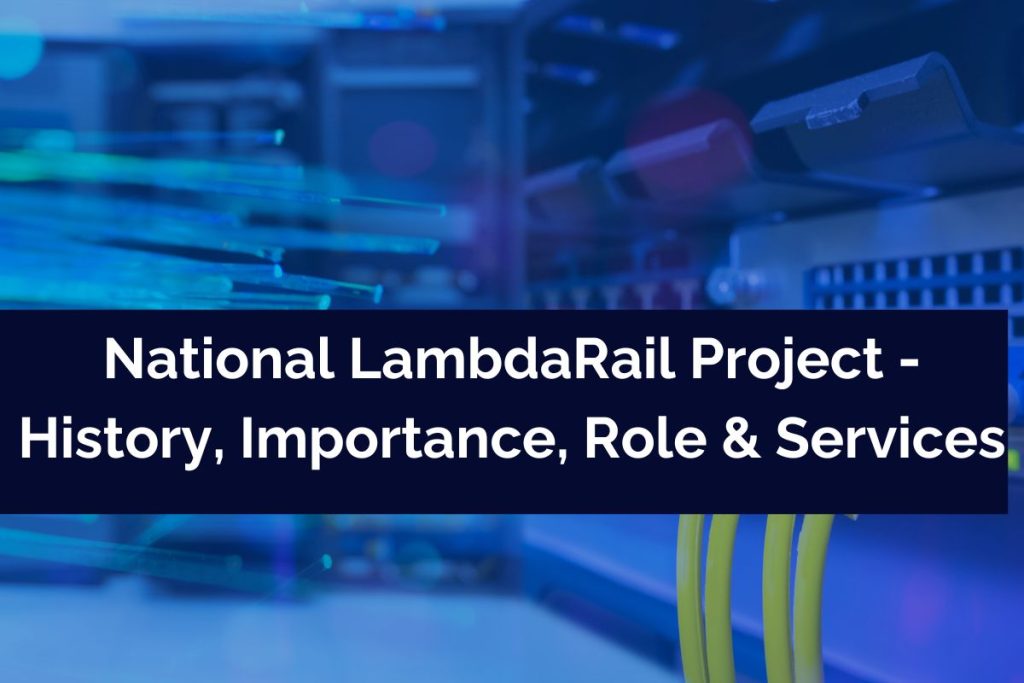
Role & Services
1. Earthquake & Climate Research
Scientists used NLR to monitor earthquakes & also study climate change. They could access data from sensors all over the country in present time. That helped them make faster predictions & also better models to check.
2. Brain & Cancer Imaging
Medical researchers shared massive 3D scans of brains with tumors over NLR. It allowed doctors as well as scientists in different cities to work on the same cases at the same time.
3. Astronomy & Space Science
Telescopes in Hawaii or Arizona sent their data through NLR to scientists around the world. That helped researchers make new discoveries about stars, galaxies & also black holes.
Research & Innovation Support
NLR’s infrastructure supported multiple research projects & initiatives. This includes:
- TeraGrid: A multi-year National Science Foundation effort to build & expand the world’s largest distributed framework for open scientific researches.
- OptIPuter: A project anticipated at developing a powerful distributed cyber infrastructure.
- UltraScience: This is an U.S. Department of Energy project intent on progressive networking capabilities.
What Happened to National LambdaRail?
By around 2014, the National LambdaRail had done its job. The scenario of high-speed networking had changed drastically. Other networks many of which were built using what NLR had pioneered, were now leading the way.
NLR’s original network was retired, but its legacy lived on. The people & institutions that helped build NLR moved on to new & good projects. But what they made still powers & give support to research today.
| National LambdaRail Home | NLR.NET |


